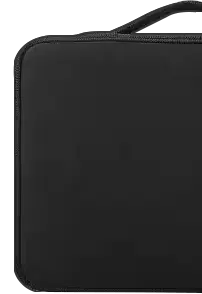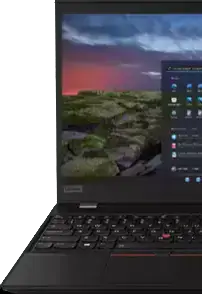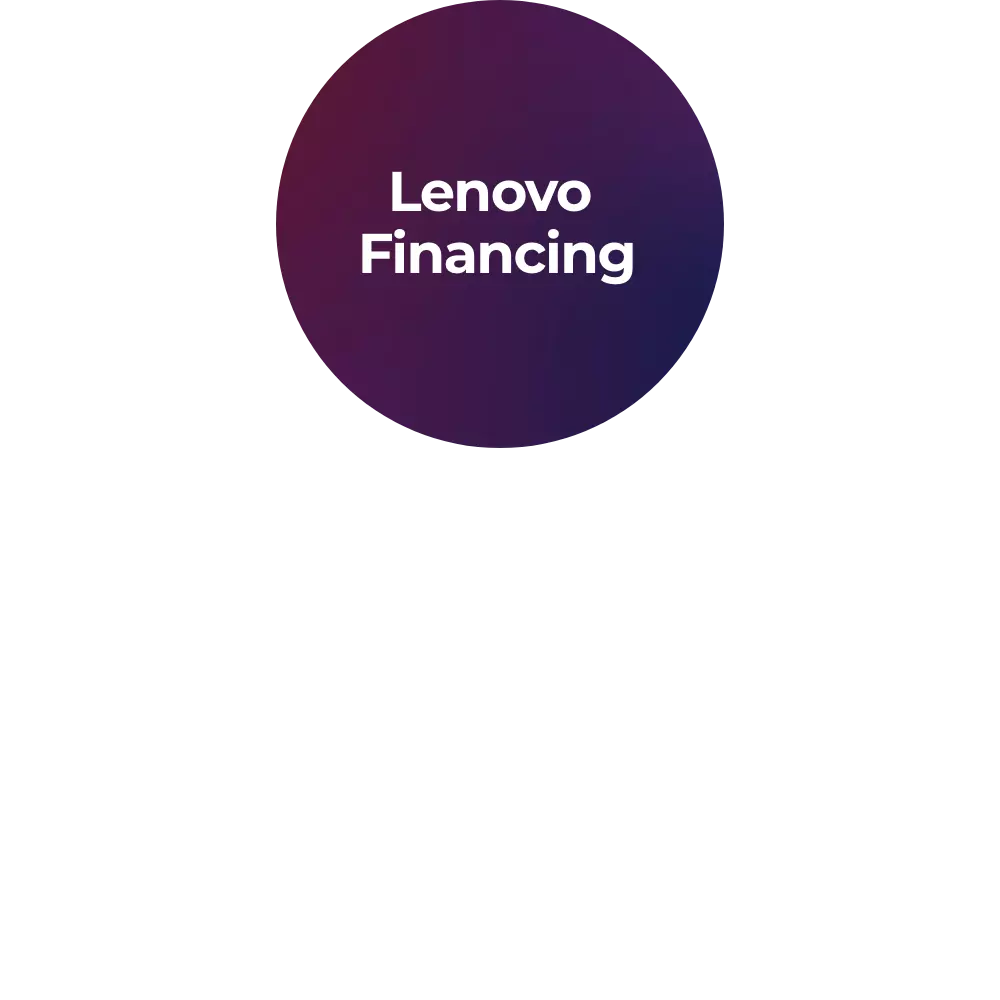What is GNOME?
GNOME is a free, open-source desktop environment for Unix-like systems, offering a cohesive GUI with windows, panels, icons, apps, and settings. Its clean, minimalistic design, guided by consistent workflows and interface guidelines, emphasizes simplicity and usability. Unlike highly configurable alternatives like KDE, GNOME focuses on predictability and visual consistency, providing a polished experience popular in distributions such as Ubuntu, Fedora, and Pop!_OS.
What is GNOME Shell and how does it handle virtual desktops?
GNOME Shell is the graphical user interface layer introduced in GNOME 3, built with C and JavaScript atop Mutter. It governs window management, notifications, application launching, and an Activities overview. Workspaces (virtual desktops) are dynamically managed within Shell-the overview lets you create, switch, and organize them. As you open new apps, GNOME Shell adds workspaces seamlessly, boosting productivity with minimal setup.
Are GNOME applications designed consistently and what core apps are included?
Yes, GNOME core apps adhere to the GNOME Human Interface Guidelines and use the Adwaita theme, ensuring coherence in menus, typography, and layout. Core applications come bundled with the desktop and include Files (Nautilus), Terminal, Clocks, Maps, Calculator, Boxes, and more. Their unified design and behavior foster ease of use and predictability across tasks, reducing cognitive load for users.
How do I install or update GNOME on my Linux® distribution?
Installation and updates use your package manager. On Ubuntu-based systems: sudo apt install ubuntu-gnome-desktop or sudo apt update && sudo apt upgrade; on Fedora: sudo dnf install @gnome-desktop or sudo dnf upgrade; on Arch: sudo pacman -S gnome or sudo pacman -Syu. After installing, select GNOME in the login session menu. This approach handles both initial setup and upgrades in a unified manner.
How do I customize GNOME, and how do GNOME extensions work?
Customize GNOME using the Tweaks tool and Extensions app. Tweaks allows you to adjust themes, fonts, and top bar settings. Extensions are JavaScript modules that can be installed from GNOME Extensions or package managers, enabling added features, docks, alternate window controls, workspace tools, and more. They load automatically with GNOME Shell and can be toggled on or off, offering flexible customization with minimal manual configuration.
Is GNOME open source?
Yes, GNOME is fully open-source and licensed under GNU licenses, allowing anyone to read, modify, and redistribute it. Its development is overseen by the GNOME Foundation and supported by a global community. The transparency of its core components and applications ensures an inclusive, secure, and continually improved desktop environment.
Can GNOME run on Wayland and X11?
Absolutely, GNOME supports both Wayland and X11 display servers. Wayland is the default and offers improved performance and security, while X11 sessions remain available for legacy hardware or software compatibility, ensuring widespread usability across various systems.
What are GNOME Files (Nautilus)?
GNOME Files is the default file manager, built with GTK in C. It provides file browsing, searching, and bookmarking, with support for multiple views (grid and list) and network access. Nautilus integrates tightly with GNOME Shell and other core apps, offering a smooth and cohesive file management experience.
What accessibility features are included in GNOME?
GNOME offers a suite of accessibility features, including screen reader (Orca), high-contrast themes, screen magnifier, on-screen keyboard, keyboard navigation, speech input, braille display support, and epilepsy-safe options. These features rely on ATK/AT-SPI frameworks to ensure equal usability across all applications and include Keyboard-only navigation and assistive settings.
What are GNOME Boxes?
GNOME Boxes is a beginner-friendly virtualization tool built on QEMU, KVM, and libvirt. It simplifies virtual machine creation from ISO or remote images and supports VNC and SPICE for remote desktop access. The app emphasizes ease of use and minimal configuration, making VM setup quick and accessible.
What programming languages are used to develop GNOME?
GNOME core is written primarily in C with GObject. Applications and libraries support various languages, C, C++, JavaScript (with GJS), Python, Vala, Rust, and C#. This flexibility allows developers to choose their preferred language for building GNOME-native apps.
How do I update GNOME to the latest version?
Updating GNOME uses the same package manager commands as installation. For example, on Fedora: sudo dnf upgrade, Ubuntu: sudo apt update && sudo apt upgrade, and Arch: sudo pacman -Syu. These commands automatically fetch and apply the latest GNOME desktop and component updates.
Does GNOME support remote desktop and screen sharing?
Yes, it includes built-in support via its Settings panel, using VNC or RDP protocols. Remote desktop can be enabled easily for remote access or assistance. GNOME Boxes also facilitates remote connections with better integration, making remote interaction straightforward.
How does GNOME manage notifications and do-not-disturb mode?
GNOME Shell has a notification system that collects alerts in the message tray. Users can enable "Do Not Disturb" mode from the notification panel, suppressing pop-ups during presentations or focused work. This system consolidates alerts and supports interactive responses from within the tray.
What themes and icon sets are officially supported in GNOME?
GNOME's default theme and icons are called Adwaita, crafted to provide a clean, modern aesthetic across all apps. GNOME Tweaks allows user-installed themes, while third-party icons/themes can be added manually or via extensions, preserving visual consistency.
How does GNOME support multiple monitors?
GNOME includes a built-in Display Settings tool for easy multi-monitor configuration. From this interface, users can rearrange displays, set resolutions, adjust refresh rates, and choose primary monitors. GNOME Shell seamlessly adapts to multiple screens with dynamic workspaces and window placement.
How does GNOME handle notifications and background tasks?
GNOME centralizes notifications in its message tray, accessible from the top bar. Notifications from apps, system events, or updates appear unobtrusively and are grouped chronologically. Users can respond directly to some alerts (e.g., messages, calendar reminders). Background tasks such as downloads or system updates are shown with progress indicators, ensuring users stay informed without cluttering the workspace.
Can GNOME be used on touchscreen devices?
Yes, GNOME offers excellent support for touchscreen input. Its large icons, gesture support, and adaptive UI elements make it usable on tablets, 2-in-1 laptops, and touchscreen monitors. Core apps and GNOME Shell features like the Activities overview respond well to swipes, taps, and pinch gestures. Combined with Wayland's improved touch handling, GNOME provides a fluid experience on touch-enabled hardware.
What is the role of GTK in GNOME development?
GTK (GIMP Toolkit) is the primary UI toolkit used for developing GNOME applications. It provides the widgets, layout controls, and theming engine that shape GNOME's visual and interactive elements. Written in C, GTK supports multiple programming languages through bindings. Most GNOME core apps and GNOME Shell itself rely on GTK for consistency, accessibility, and performance across the desktop environment, ensuring a unified look and feel.
How does GNOME handle system settings and configurations?
GNOME centralizes system settings in the GNOME Settings app, offering a clean and intuitive interface for configuring WiFi, Bluetooth®, display, sound, privacy, and more. Each category is clearly organized, allowing users to make adjustments without navigating complex menus. GNOME also integrates with tools like dconf and gsettings for advanced configurations, enabling both casual users and power users to manage their system effectively.













